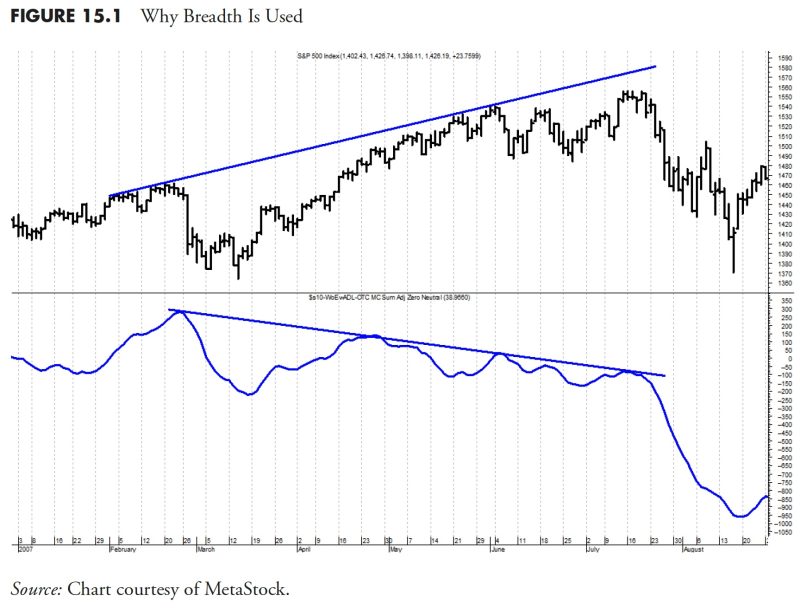In the financial world, rules-based money management serves as a structured approach to investing and trading that is guided by specific formulas and principles rather than emotional decision-making. This method aims to remove subjective biases and uncertainties by following predefined rules and parameters. By incorporating different elements such as risk management, position sizing, and market analysis, investors can enhance their strategies and improve their chances of long-term success.
One crucial aspect of rules-based money management is risk management. This involves setting clear guidelines on how much capital to risk on any single trade or investment. By calculating a percentage of total capital to risk per trade, investors can limit potential losses and protect their overall portfolio from significant drawdowns. Risk management is especially important in volatile markets where unpredictable price fluctuations can quickly erode capital if not properly managed.
Position sizing is another fundamental component of rules-based money management. By determining the size of each trade based on risk parameters, investors can optimize their capital allocation and maximize returns while minimizing potential losses. Position sizing strategies can vary, with some methods focusing on fixed dollar amounts per trade, while others use percentage-based models to adjust position sizes according to account size and risk tolerance.
Market analysis plays a crucial role in rules-based money management by providing the necessary information to make informed decisions. Fundamental analysis involves evaluating the financial health and performance of companies, industries, or economies to gauge investment opportunities. Technical analysis, on the other hand, relies on price charts and indicators to identify trends and potential entry or exit points. By combining both types of analysis, investors can develop a more comprehensive understanding of the market and improve the accuracy of their trading decisions.
In practice, rules-based money management can be implemented through various tools and strategies. Trading systems and algorithms can automate the execution of trades based on predefined rules and conditions, removing human emotion from the equation. Stop-loss orders can help protect profits and limit losses by automatically closing positions if prices move against expectations. Regular review and adjustment of rules are essential to adapt to changing market conditions and optimize performance over time.
Overall, rules-based money management offers a systematic and disciplined approach to investing and trading that can enhance decision-making and improve overall performance. By incorporating risk management, position sizing, and market analysis into their strategies, investors can increase their chances of success and build a more resilient portfolio in the face of market volatility and uncertainty.
